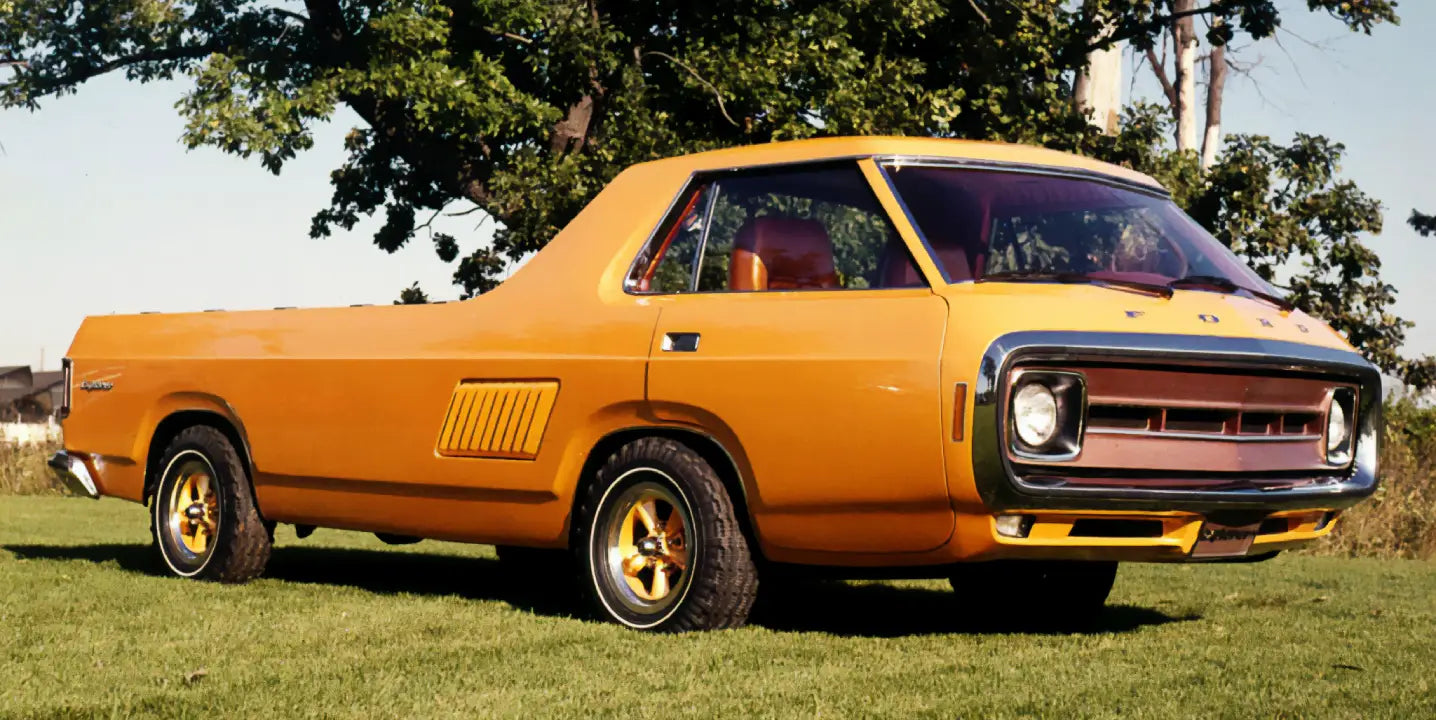Vinyl roofs are one of those styling cues that instantly evoke a sense of nostalgia. Popular from the 1960s through the 1980s, these textured tops added elegance, contrast, and luxury to cars. Today, collectors and enthusiasts celebrate vinyl roofs, once a mainstream feature, as symbols of automotive design at its most stylish. Here are eight of the coolest cars with a vinyl roof.
Chevrolet Monte Carlo (1970s)
Few American cars embody the personal-luxury era as perfectly as the first-generation and early second-generation Monte Carlo. The long hood, sweeping fenders, and pillarless coupe design were already dramatic, but the vinyl roof sealed the look. Chevrolet offered several roof textures and colors: white, black, camel, and burgundy, allowing buyers to contrast the top with the body. The result was a refined yet sporty presence that made the Monte Carlo one of the most stylish cruisers of the 1970s.

Ford Thunderbird (1967-1971)
The Thunderbird's later years saw a move toward more refined, upscale design. The sleek fastback silhouette was visually enhanced by its vinyl roof, frequently available in textured or cushioned styles. The Thunderbird's vinyl top, together with its sculpted body lines and gleaming chrome embellishments, transformed it into a really attractive grand tourer. Ford positioned the vinyl top as a premium feature, highlighting the Thunderbird's status as a more refined choice that sat between a sports car and a full-blown luxury coupe.

Cadillac Eldorado (1970s)
The Eldorado treated the vinyl roof as an essential expression of Cadillac luxury. Many models featured a full-length padded top, while others experimented with the elegant “halo” roof, a separated border that created a framed-in appearance. On the Eldorado, the vinyl roof didn’t just add style; it reinforced the car’s image as a rolling statement of wealth. Whether paired with bold colors or deep, metallic paint, the roof created a regal and imposing silhouette.

Chevrolet Caprice (1970s-1980s)
If any car made the vinyl roof a mainstream trend, it was the Caprice. Across sedans, coupes, and wagons, Chevrolet offered half tops, full tops, and opera-window-equipped Brougham designs. In the ’70s, the vinyl roof added a sense of stately comfort; by the ’80s, it had become a trademark look of suburban luxury. The Caprice wore the style with ease, helping define an entire generation of family-friendly elegance.

Lincoln Continental Mark Series (III and IV)
The Mark Series made the vinyl roof into rolling couture. The Mark III introduced the “formal roofline” that instantly signaled high-end taste, complete with a thickly padded vinyl surface and signature oval opera windows. The Mark IV pushed the drama further with rich color combinations and textured materials that complemented Lincoln’s sculpted fenders and signature grille. These cars turned them into fashion statements.

Pontiac Grand Prix (1970s)
The Grand Prix was the performance-minded cousin in the luxury-coupe crowd, and the vinyl top helped balance muscle-road swagger with upscale charm. Pontiac often paired darker vinyl roofs with vibrant paint colors, creating striking contrasts that emphasized the car’s long-hood/short-deck silhouette. On sporty trims, the vinyl element added a layer of refinement without dimming the car’s assertive personality.

Buick Riviera (1960s-1970s)
The Riviera was always Buick’s design showpiece, and the vinyl roof became part of its identity during the late ’60s and early ’70s. On the second-generation models, the vinyl top highlighted the graceful roofline and pillar treatment. By the boattail era of the early ’70s, the vinyl top highlighted the graceful roofline and pillar treatment. By the boattail era of the early ’70s, the vinyl roof helped frame the dramatic rear design, adding texture to one of the most distinctive silhouettes in American automotive history. Buick used the vinyl roof not as decoration but as a complement to the Riviera’s sculptural form.

Oldsmobile Cutlass Supreme (1970s)
Oldsmobile struck gold with the Cutlass Supreme, a car that blended practicality, style, and comfort in equal measure. The vinyl roof became synonymous with the Supreme brand, notably on the exquisite Brougham and coupe models. The Cutlass wore the vinyl top with easy, modest confidence, thanks to its precise body lines and tidy proportions. It quickly became one of the most recognizable automobiles of the decade, thanks in large part to its plastic roof.

Why Vinyl Roofs Still Capture Our Imagination
Vinyl roofs represent an era in car design that embraced bold choices, where texture, contrast, and dramatic styling were integral to everyday vehicles. They take us back to an era when wind-tunnel efficiency hadn't yet standardized everything, allowing designers to express their creativity purely for the pleasure of it. The padded tops, opera windows, and striking color combinations were more than mere trends; they represented individuality and social standing, intricately linked to the essence of each vehicle. These vinyl-topped classics continue to impress today because they embody the allure of a time that celebrated visual flair, uniqueness, and a hint of automotive confidence.











